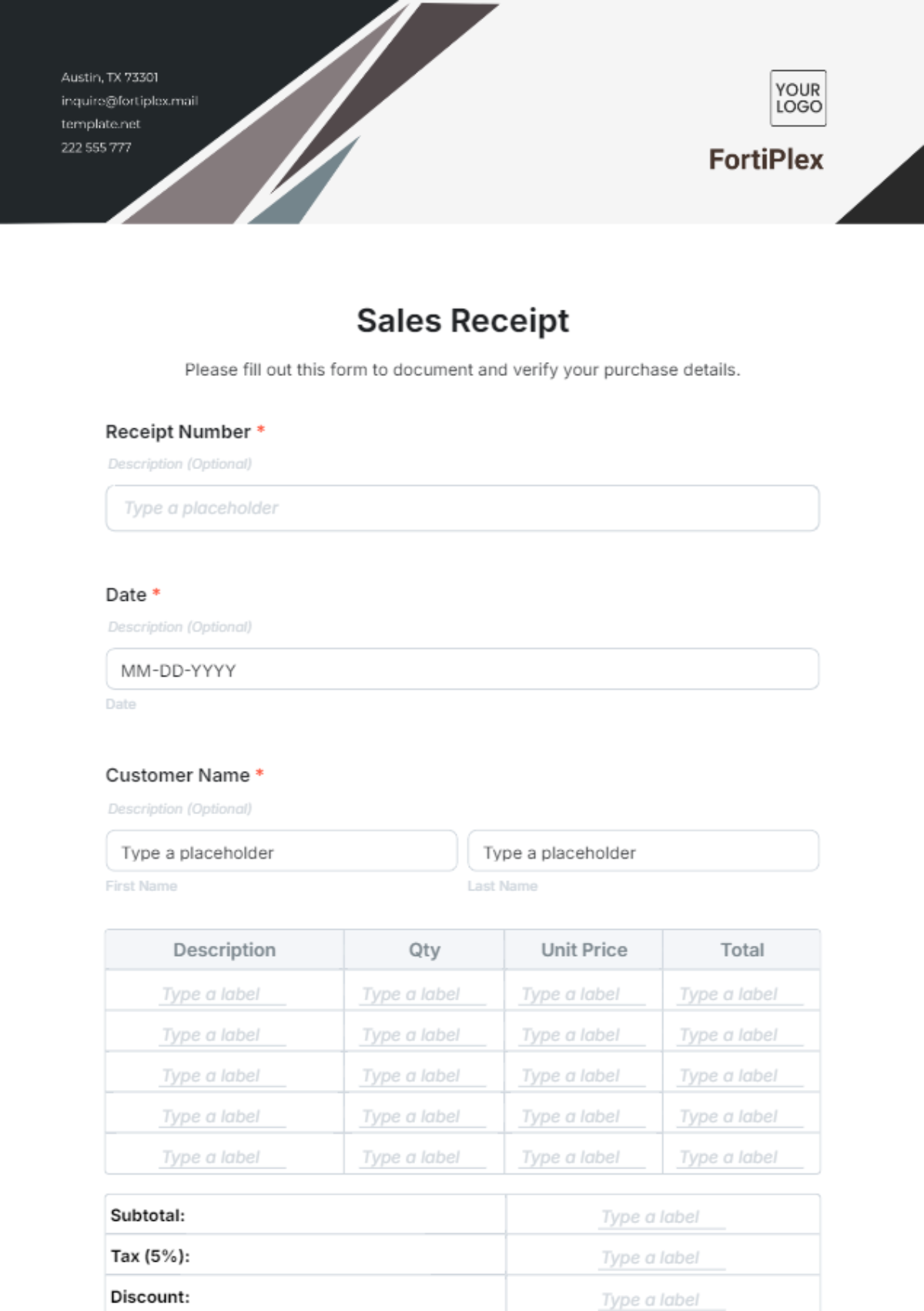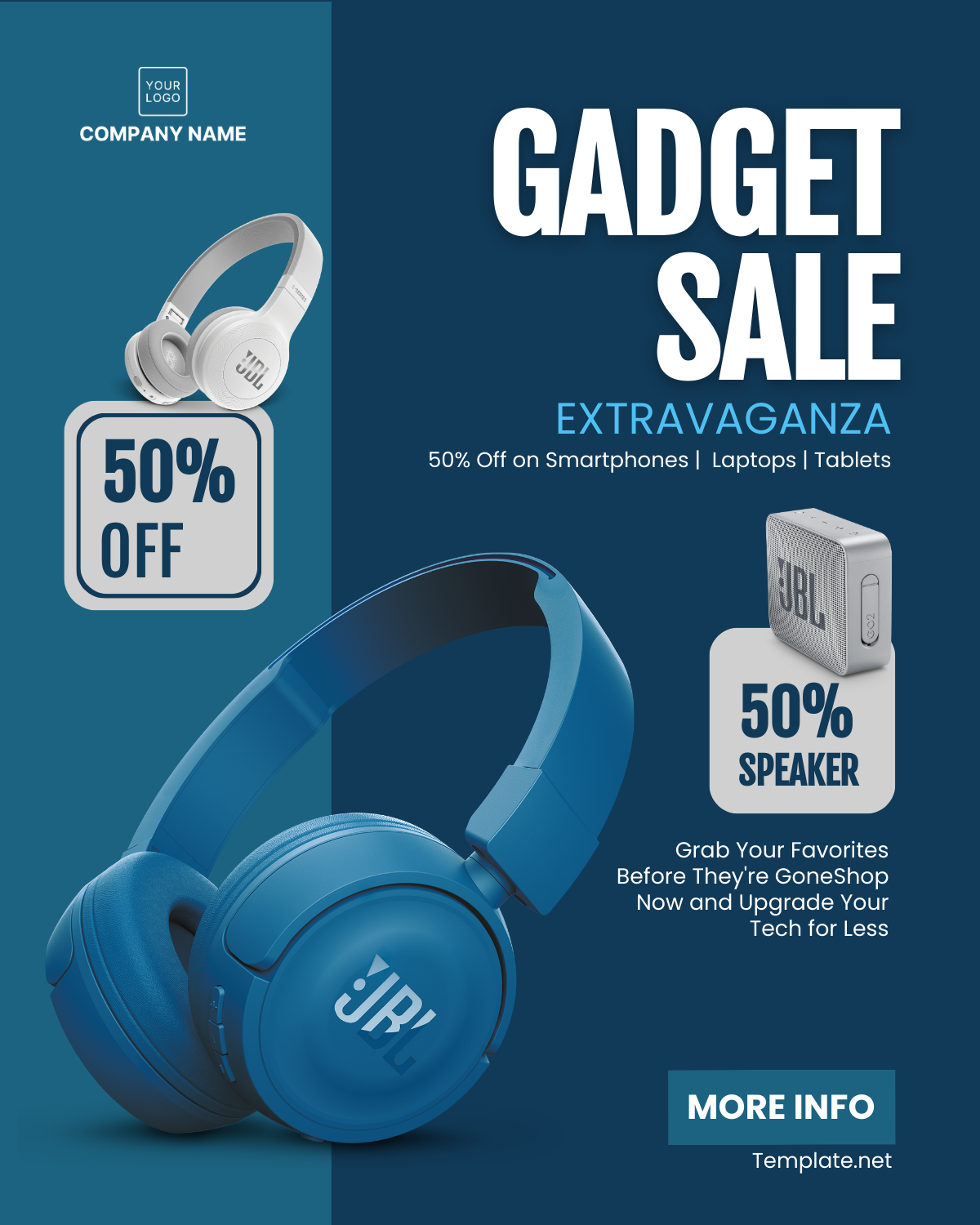Sales Guide on Maximizing Trade Show ROI
I. Introduction
Trade shows are the best platforms for both direct customer engagement and brand promotion. However, participation comes at a cost, and every business professional understands the need to ensure that these expenditures yield fruitful returns. Through this introduction, we will discuss the complexes of Trade Show ROI, highlighting its relevance and the strategic advantages it can offer.
A. Understanding ROI in the Trade Show Context
ROI, or Return on Investment, is a representation of success during trade shows. It provides a clear snapshot of the financial gains achieved relative to the investment made.
A recent study revealed that businesses, on average, witness a 50% return on their trade show investments. This illustrates the potential profitability but also emphasizes the importance of strategic planning to ensure maximum returns.
While the basic formula—net profit divided by total costs—might seem straightforward, the complexity arises in accurately quantifying both tangible and intangible gains and expenditures.
B. Importance of Measuring ROI for Trade Shows
Having a systematic method of evaluating trade show outcomes is non-negotiable. Understanding ROI not only offers insight into past performance but also creates a roadmap for future endeavors.
According to a case study, [Company Name] experienced a staggering 200% ROI from a single trade show event after revamping their booth strategy and engagement techniques. This underscores the transformative potential of effective strategies.
An ROI-driven approach ensures accountability, creating a culture of continuous improvement within sales and marketing teams. It compels businesses to analyze every aspect, from booth design to staff training, ensuring that every component is optimized for success.
II. Pre-Trade Show Planning
The foundation of a successful trade show experience lies in planning. Navigating the complexities of a trade show requires an integrated strategy that encompasses every facet, from financial forecasting to booth positioning. This section exemplifies the cardinal elements of pre-trade show planning, ensuring that businesses are primed to extract maximum value from their participation.
A. Setting Clear Objectives and Goals
While trade shows offer many opportunities, it's important to narrow down specific objectives. This focus serves as a compass, guiding all subsequent decisions.
It's also beneficial to set both primary and secondary objectives. While the primary might be lead generation, secondary objectives could revolve around competitor analysis or media coverage.
B. Budgeting and Financial Forecasting
Crafting a budget isn't merely about allocating funds; it's about maximizing the return on every dollar spent. The budget should be a living document, adjusted based on real-time feedback and unforeseen expenses.
Periodic reviews during the planning phase can help identify potential budgetary inefficiencies. It's crucial to factor in hidden costs like shipping, insurance, or emergency contingencies.
C. Selection of the Right Trade Show and Booth Location
Not all trade shows are created equal. A thorough analysis of demographics, past exhibitor testimonials, and attendee profiles can unveil the most promising prospects.
Remember, a prime booth location can amplify visibility and engagement. Seek spots near high-traffic areas, entrances, or notable landmarks within the venue.
As we delve deeper into the subsequent sections, we'll explore how these foundational steps seamlessly integrate into the broader tapestry of trade show success, paving the way for a transformative ROI.
III. Maximizing Engagement During the Trade Show
The success of a trade show relies entirely on the show floor. Engagement is key, with every interaction representing a potential lead, partnership, or sale. Businesses, regardless of size or industry, need to transform their presence from mere static displays to dynamic engagement hubs. Here's a roadmap to ensuring that your booth isn't just a point on the map but a destination:
A. Effective Presentation and Booth Design
First impressions are everything. Your booth needs to draw attendees with its allure and retain them with its content.
Beyond aesthetics, functionality is important. Ensure that the booth layout facilitates smooth flow, with designated areas for product displays, discussions, and rest.
B. Engaging Potential Leads with Interactive Activities
Beyond the allure of the booth lies the essence of engagement. Creating memorable experiences builds deeper connections.
Live interactions create authenticity. Hosting spontaneous Q&A sessions, for instance, can address potential queries, dispelling doubts and strengthening the brand's credibility.
C. Utilizing Technology for Data Capture
The end goal of engagement is conversion, and technology can be the connector. Relying solely on traditional data capture methods can be quite limiting, so make sure to always prepare for any data collecting methods such as email or social media accounts.
QR codes are another potent tool. [Your Company Name], should always prepare QR codes next to each of its products, wherein scanning said QR codes would provide the user, and possibly new customers, with detailed specs, demo videos, and an option to schedule a one-on-one consultation with a product expert.
Crafting a high-engagement booth environment is highly important if garnering attention and retention are involved. While the design and activities are initially what would draw them in, it's the genuine interactions and technological integrations that convert foot traffic into fruitful business opportunities.
IV. Post-Trade Show Follow-Up
The curtain-fall of a trade show doesn't signal the end but rather the beginning of a crucial phase: the follow-up. It's where the potential blossoms into the profitable. While the energy and enthusiasm of the event may have dimmed, the opportunities it has birthed are very much alive and demand diligent attention.
A. Analyzing and Segmenting Collected Data
Data is the core of any trade show. It's the reservoir from which potential sales flow. However, not all leads are created equal. Some brim with promise, while others might take longer to mature.
Such segmentation helps in tailoring communication and ensures that the lead nurturing process is efficient and effective.
B. Personalized Follow-up Strategies
For their "hot" leads, they attached an exclusive 15% discount coupon, valid for 10 days. This not only acknowledged the lead's interest but also incentivized an immediate purchase.
C. Evaluating Feedback for Continuous Improvement
Progress thrives on feedback. An introspective look at what worked and what didn't can pave the way for future success.
Such feedback loops not only improve trade show performance but also bolster brand image.
In essence, post-trade show follow-ups are not merely administrative tasks; they are strategic endeavors. They are the bridges that connect the potential of the trade show floor to the profits of the boardroom.
V. Calculating and Analyzing ROI
Quantifying the success or lack thereof of a trade show is essential not just for validating past efforts but for concepting future strategies. Through the lens of Return on Investment, we can discern the tangible value derived from the event. Let us navigate the complexities of trade show ROI:
A. Determining Direct and Indirect Revenue
Revenue and data that stem from trade shows are more often than not varied. While the immediate sales or contracts inked during the event are palpable and quantifiable, the ripple effects are subtler.
Direct revenues are just the beginning. The true potential often lies in the indirect avenues that are mostly unlocked by the event, such as information, gathered data, subscription and membership.
B. Assessing Overall Costs and Investments
To comprehend the full financial footprint of a trade show, one must venture beyond the overt expenses. From booth rentals to marketing collateral, from travel allowances to the coffee shared with a potential client, every penny counts.
C. ROI Formula and Interpretation
The arithmetic of ROI is straightforward, but its interpretation can be profound. It provides a tangible metric that mirrors the effectiveness of the trade show strategy.
ROI isn't just a series of numbers; it's also a narrative. It can tell you what worked, what didn't, and what can be the road ahead.
While trade shows are revenues for communications and interactions, engagements, and networking, their success ultimately hinges on the tangible and intangible returns they offer.
Calculating and analyzing ROI bridges the gap between the experimental, experiential and the empirical, ensuring any and all trade show participations translate into proper and steady business growth.
VI. Recommendations and Conclusion
The following recommendations are designed to serve as a guideline for [Your Company Name] to optimize trade show participation and maximize return on investment. These recommendations are derived from careful analysis of past experiences and are intended to provide a structured framework for continuous improvement and strategic planning in future trade shows.
A. Recommendations:
Post-Event Debriefing: Conduct thorough debriefing sessions after each trade show to evaluate both successes and challenges. Use these sessions to develop future strategies, drawing on specific insights such as the effectiveness of different types of displays or engagement methods.
Continuous Training and Skill Development: Prioritize ongoing training for team members. This ensures that representatives are well-equipped to engage effectively with attendees, as demonstrated by the experiences at events like the [Event Name] in June 2054.
Long-Term Lead Tracking: Focus on the long-term tracking of leads generated at trade shows. Monitor their engagement and assess conversion rates over extended periods. This approach is essential for understanding the long-term ROI and informing strategy for future events.
Technological Advancement: Stay abreast of and invest in the latest technological tools, such as Augmented Reality demonstrations and AI-driven chatbots. These technologies are increasingly important for enhancing engagement and differentiation at trade shows.
Competitor Analysis: Regularly gather, examine, and review strategies and tools employed by competitors. This practice is not about imitation, but about drawing inspiration, understanding market trends, and identifying opportunities or gaps.
By implementing these recommendations, we will be well-positioned to excel in creating meaningful engagements and achieving substantial returns on investment. These strategies will ensure our continued growth and success in this competitive arena.
B. Conclusion:
The success of our trade show participation lies in our ability to effectively combine innovative approaches with the rich insights gained from our experiences. By doing so, we can ensure a robust and sustainable impact, driving not only immediate conversions but also long-term growth and brand enhancement. As we move forward, let this guide serve as a framework, underpinning our efforts to create engaging, impactful, and successful trade show experiences. The future of [Your Company Name]'s trade show endeavors looks promising, and with a dedicated focus on these strategic areas, we are poised to achieve remarkable results.















































